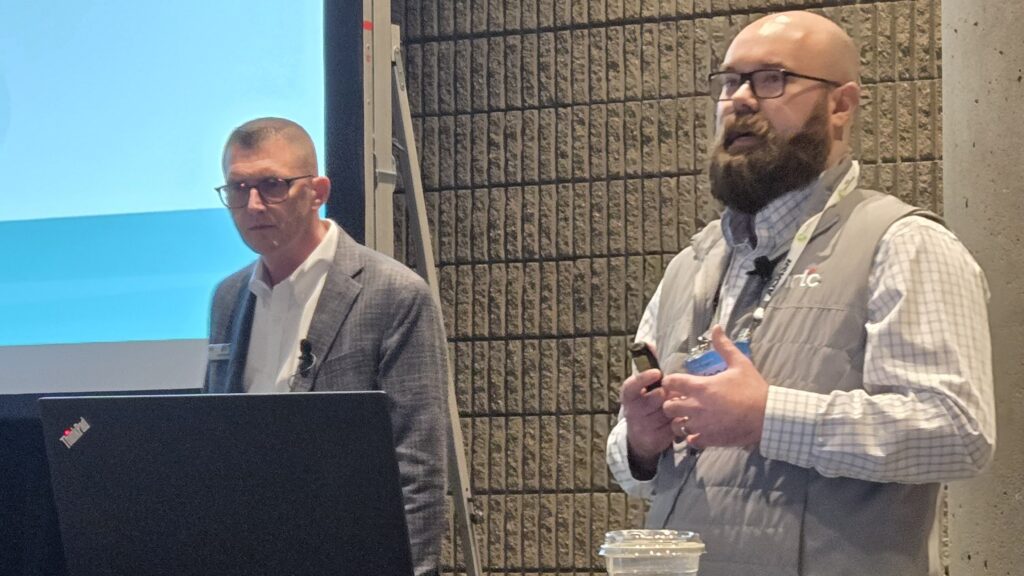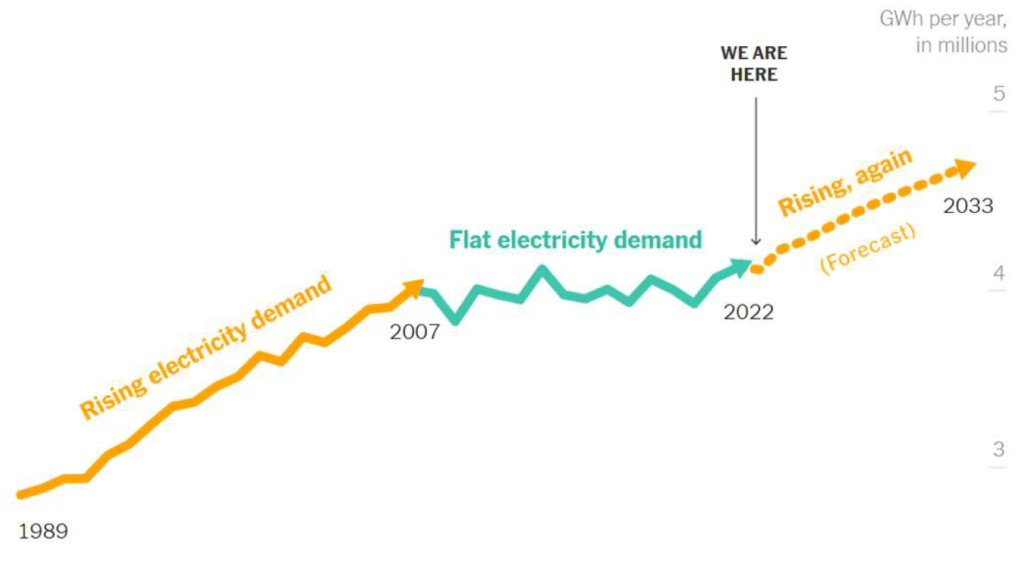Webinar Offers Answers to Complex Microgrid Questions
Randy Sukow
|

Microgrids hold a lot of promise for rural electric cooperatives. Applied correctly, they could help utilities meet increasing capacity demand and assist in improving reliability and resiliency. A recent NRECA Online Learning webinar, “Utility Distributed Energy Resource Utilization: Demystifying Microgrids” offered ideas to assess the microgrid advantages for co-ops that may be starting from square one.
“Demystifying microgrids means that you’re utterly bewildered and just don’t know where to start. How would a microgrid fit into other things that you are doing,” said Milt Geiger, VP, Smart Grid Solutions. “At the end of the day, we can address some of these challenges of distribution, deferral, resiliency, and reliability, but a lot of times it’s going to depend on how this relates to wholesale cost.”
The webinar panel also addressed some of the myths that have grown around microgrid deployment. For example, some believe that microgrids are complex to deploy and difficult to operate and maintain. “Microgrids’ definition, implementation, design is more involved than complicated. There’s multiple
elements that you need to look at when you’re choosing the right distributed energy resource to solve a particular problem,” said Todd Jackson, VP of Development for NRTC’s microgrid partner, PowerSecure.
PowerSecure offers maintenance contracts for its microgrids. Co-ops also can opt to have PowerSecure own and maintain the microgrid on the utility’s behalf.
Geiger described a new assessment tool NRTC has developed to evaluate microgrid scenarios. “We look at different distributed energy resources, including the types of resources that would comprise a microgrid, and put them in an actionable, understandable framework, really overlaying the existing load structure at that co-op,” he said. With the tool, it is easier to determine when deploying a microgrid makes sense.
Another myth is that microgrids are not easily scalable and only improve resiliency over limited areas. “Depending on how it’s designed, we can talk about how big and how small a microgrid could be. We can address a single consumer or it could support an entire neighborhood an area,” Geiger said.
Overall, the panel emphasized that individual cooperative needs differ greatly and microgrid solutions will require significant customization, but the technology is beneficial in the right situations and there are good support service options available.


